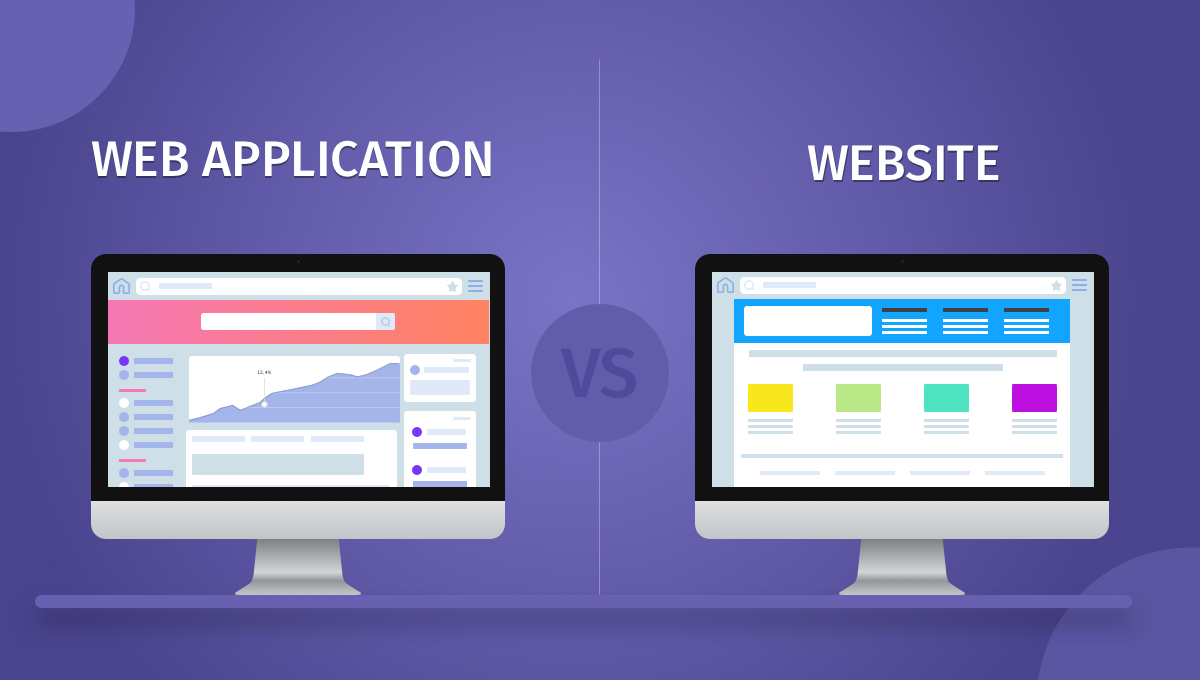Web App Architecture: A Complete Guide for Businesses
by admin
| August 10, 2024
Web applications are important for both our daily lives and business tasks. But have you ever imagined what makes these web applications run smoothly, securely, and efficiently? The answer lies in web app architecture.
This full guide will walk you through the important factors of web app architecture. It helps you to understand its importance, elements, and the famous 3-tier architecture model.
What is Web App Architecture?
Web app architecture defines how multiple elements of a web application interact with each other. The main thing in building web applications is to make sure they remain responsive, safe, and flexible.
Just think of it as holding everything together as needed. It allows the app to run easily and gives the best user experience.
It is not just a technical term; it’s an important thing for businesses to focus on building perfect web applications.
Through planning and designing a strong architecture, businesses can ensure their web apps’ key qualities such as speed, flexibility, security, and performance.
A well-planned architecture not only improves the user experience but also updates and scales the apps. Make it more adjustable and affordable.
Main Elements of Web Application Architecture
Web applications are made up of multiple elements; each plays an important role in the app’s functionality. These elements are divided into two sides’ client-side and server-side. It is also known as structural web components.
1. Client-Side Components: It includes the user interface (UI) and static content. They both are responsible for displaying data, taking user input, and sending requests to the server.
2. Server-Side Components: The server-side elements are responsible for handling the business tasks, user requests, and database. It includes web servers, databases, job queues, and caching services. The server-side elements make sure that the app runs smoothly, under heavy loads.
App developers mostly use a Web Application Architecture Diagram to show these elements and how they work together. These diagrams provide a clear picture of all the elements and their interactions, such as:
DNS (Domain Name System): It translates domain names into IP addresses, and it directs traffic to the right servers.
Load Balancer: It shares incoming requests to multiple servers and makes sure no single server is overwhelmed.
Web App Servers: It handles multiple tasks such as client requests, processing the data, and return all the responses, and so on.
Database: It stores all types of information, categorizes it accordingly, and manages it.
Caching Service: This element temporarily stores mostly accessed information to minimize the loading time, whenever visitors search again for the same thing.
Job Queue: It manages all the background tasks that don’t need instant processing.
Full-Text Search Service: It allows effective searching for large datasets and files for visitors.
Content Delivery Network (CDN): It Provides content to users from servers which is closest to them, and also improves load times and user experience.
Learn About 3-Tier Web Architecture
One of the most famous and latest strategies for web app architecture is the 3-tier architecture. This model divides the Apps into three different parts or tiers, each tier responsible for a specific part of the application:
1. Presentation Layer or Client Layer: This is the front end of the app where users can easily interact. It includes static content like HTML, CSS, and JavaScript, as well as dynamic interfaces that include user inputs. The display layer is important for showing an easy and interactive user experience for the visitors.
2. Application Layer or Business Layer: This layer sits between the display and data access layers. It handles the business tasks of the application, processes the requests from the clients, and defines suitable responses.
3. Data Access Layer: This is the last layer in the 3-tier architecture. It is responsible for interacting with the database for the users. It helps retrieve and store data to make sure that the application is accessible to the information and runs smoothly and perfectly. The data access layer is important to maintain data integrity and regularity.
The 3-tier architecture provides many benefits such as scalability, performance, and effectiveness of the application.
App developers can easily improve a single element without affecting the others by dividing the app into different layers.
For example, if the app handles more users, more servers must be added to the application layer without affecting the display or data access layers.
Also, the 3-tier architecture allows users for easy use of multiple machine providers and improves its flexibility and performance.
Whether you are a small startup business or a large company, this architecture model can help you build the perfect web applications that match your desire currently and in the future.
Conclusion
Web app architecture is the foundation of successful web applications. Businesses can create web applications that are not only responsive and secure but also flexible and effective by learning its elements and using a 3-tier architecture model and tricks.
 Development Services
Development Services Technologies
Technologies ICO
ICO ICO Marketing
ICO Marketing










